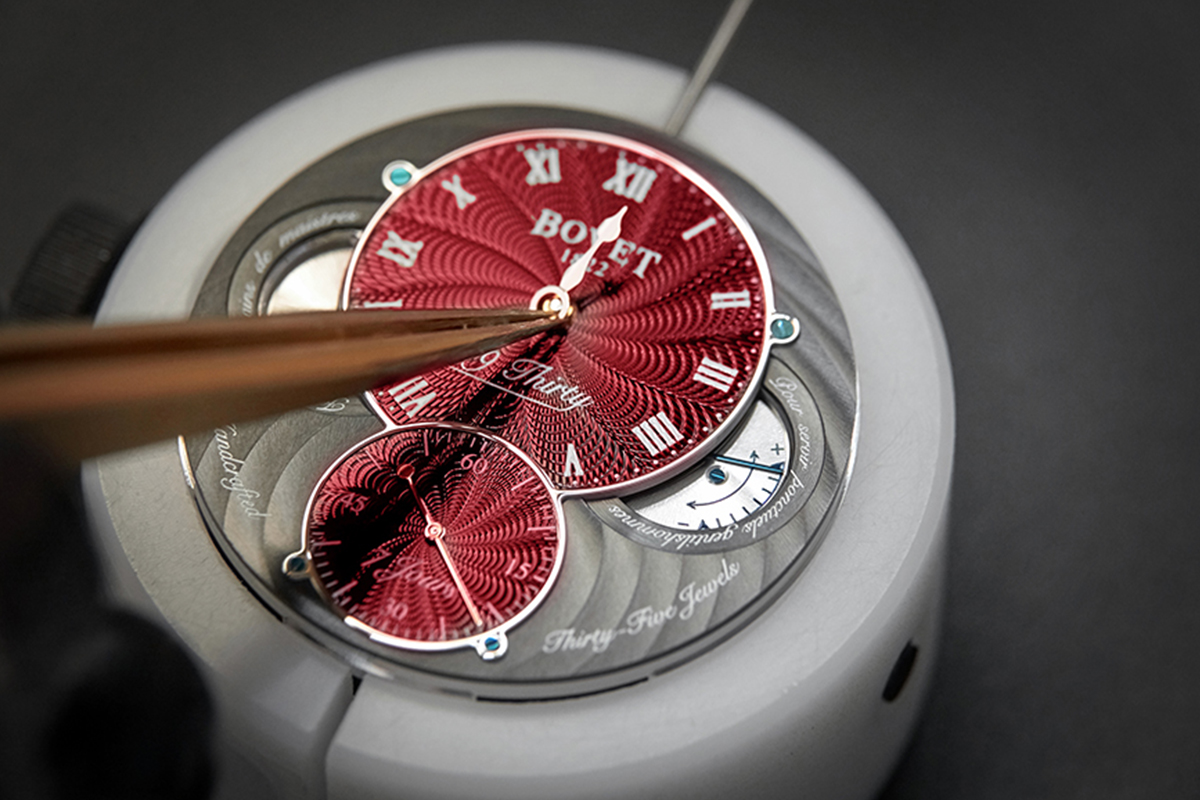
Bovet 19 Thirty Hours hand setting
Swiss watch brand Bovet is renowned for its artistic and mechanically sophisticated high-end timepieces. On the company’s 200th anniversary, owner and managing director Pascal Raffy speaks to Ella Johnson about his plans and dreams
Pascal Raffy is not, at first glance, a likely candidate to own a high luxury Swiss watch brand. Having left his native Lebanon aged 13, he embarked on a successful career in pharmaceuticals, and promptly retired, aged 38. Yet, in 2001, he went on to acquire one of the oldest watch companies in the world.
Swiss watchmaker Édouard Bovet established his eponymous house 200 years ago this year. It soon gained a reputation for the artistry of its engraving and miniature paintings; Bovet also invented the glass case back so beloved of collectors today.
After Raffy bought Bovet, he turned it into a genuine manufacture for the first time: now, even the spirals and regulating organs in each watch are made in-house. Raffy also bought a 14th century castle near Lake Neuchâtel in western Switzerland that was once home to the original Bovet family and restored it, turning it into the brand’s factory and headquarters.
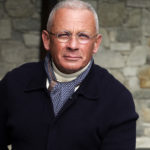
Pascal Raffy, owner and CEO of BOVET 1822
LUX: You were originally from Lebanon, but were uprooted during the conflict there. What do you remember of that time?
Pascal Raffy: Whatever is related to human suffering cannot be forgotten. When the civil war arose, all parts of the country suffered a lot. It was a very difficult period, not only for myself and my family, but for all families. It is a disaster of what humankind can do, and is written in my body, in my blood.
Lebanon was, and still is, considered to be the Switzerland of the Middle East, with its beauty. It is one of those rare places where you can go swimming, and then half an hour later go and ski in the mountains. I had a true appreciation and love for Switzerland, too, because we had been going to Sion since my childhood on holiday. So, when I was unable to study anymore in Lebanon, at 13, we went to Sion. Like Lebanon, it is a beautiful, disciplined country, with so many assets in so many fields, and a deep civic sense.
Follow LUX on Instagram: luxthemagazine
LUX: What did your career look like before Bovet?
Pascal Raffy: My family were industrialists in pharmaceuticals, so after I finished my studies, I started working in that field. But I decided to stop everything when I was 38 years old, thanks to my oldest daughter, Audrey, who told my own father that although she was very happy, she was [sad to] not be able to see me more often. It was at that moment that I decided to stop doing absolutely everything. My family thought I was kidding, but I was very serious. I stopped everything and retired when I was 38 in beautiful Switzerland.
LUX: So what compelled you to come out of retirement?
Pascal Raffy: One day, one of my bankers came to see me with some brands in search of investments [and mentioned Bovet]. I already knew the house, and it was truly love at first sight. I dreamt a lot in the months after that conversation about paying the house its due respect with true facilities and artisans, and so I bought it in 2001. In 2006 I also bought Château de Môtiers – not because it was a castle, but because it belonged to the Bovet family, so it had the meaning. It was then that our journey with the facilities, where today we do our age-old dials, our hands, our movements, began.
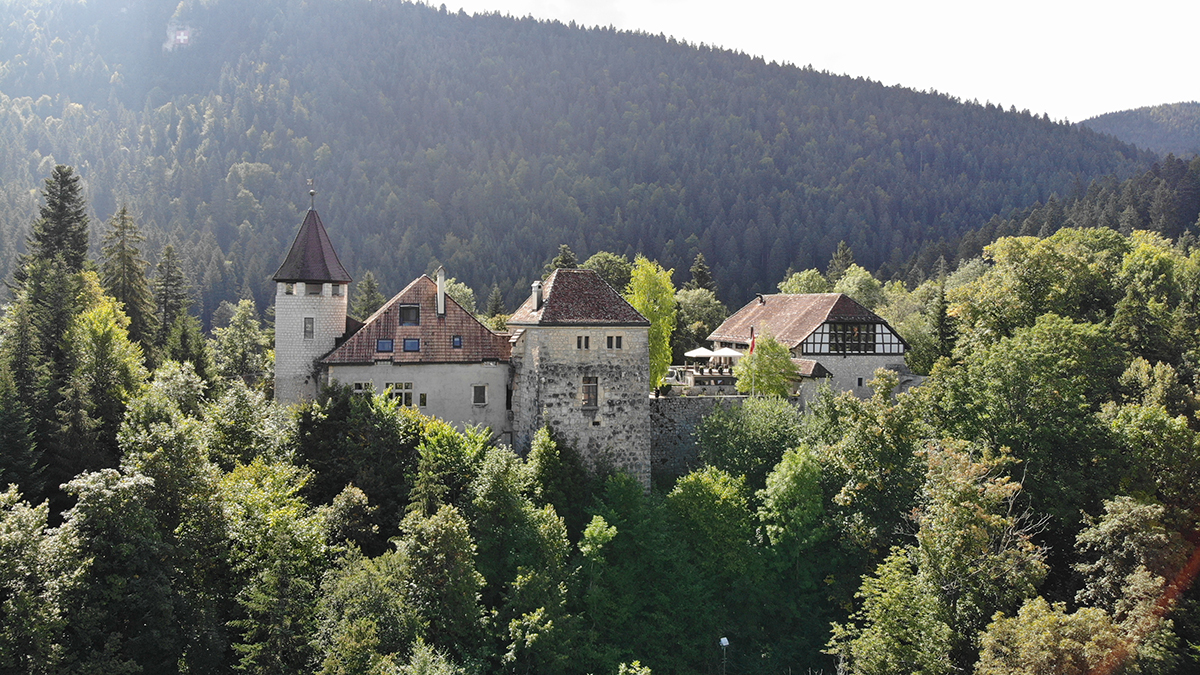
Château de Môtiers, where all BOVET 1822 watches are manufactured
LUX: How did you know how to run a high-end watch company and expand it?
Pascal Raffy: I did not know at all. To be in the position of a collector is not the same as running a watchmaking facility every day. But between pharmaceuticals and watchmaking there are a lot of common parts. In healthcare you must be organised, clean, and disciplined. The most important thing is quality.
LUX: You could have bought a stake in Bovet, appointed a managing director and taken a back seat as chairman.
Pascal Raffy: The House of Bovet has never been exclusively an investment for me. It has always been clear in the long term that true watchmaking is based on patience. Time is a true luxury. If you expect a return on your investment in two years, it’s not this kind of watchmaking that you have to develop. If you want to defend a project where a house can become an institution in the long run, you have to establish true facilities over time, because the most important asset is the artisans, not the machinery or the buildings.
I also wanted, selfishly, to serve myself. That’s a fact. When globalisation started, and a lot of things became impersonal and mass produced, my project in life became to defend detail and heritage. I love to design my timepieces and have designed my collections since 2001. It’s not work, it’s a passion.
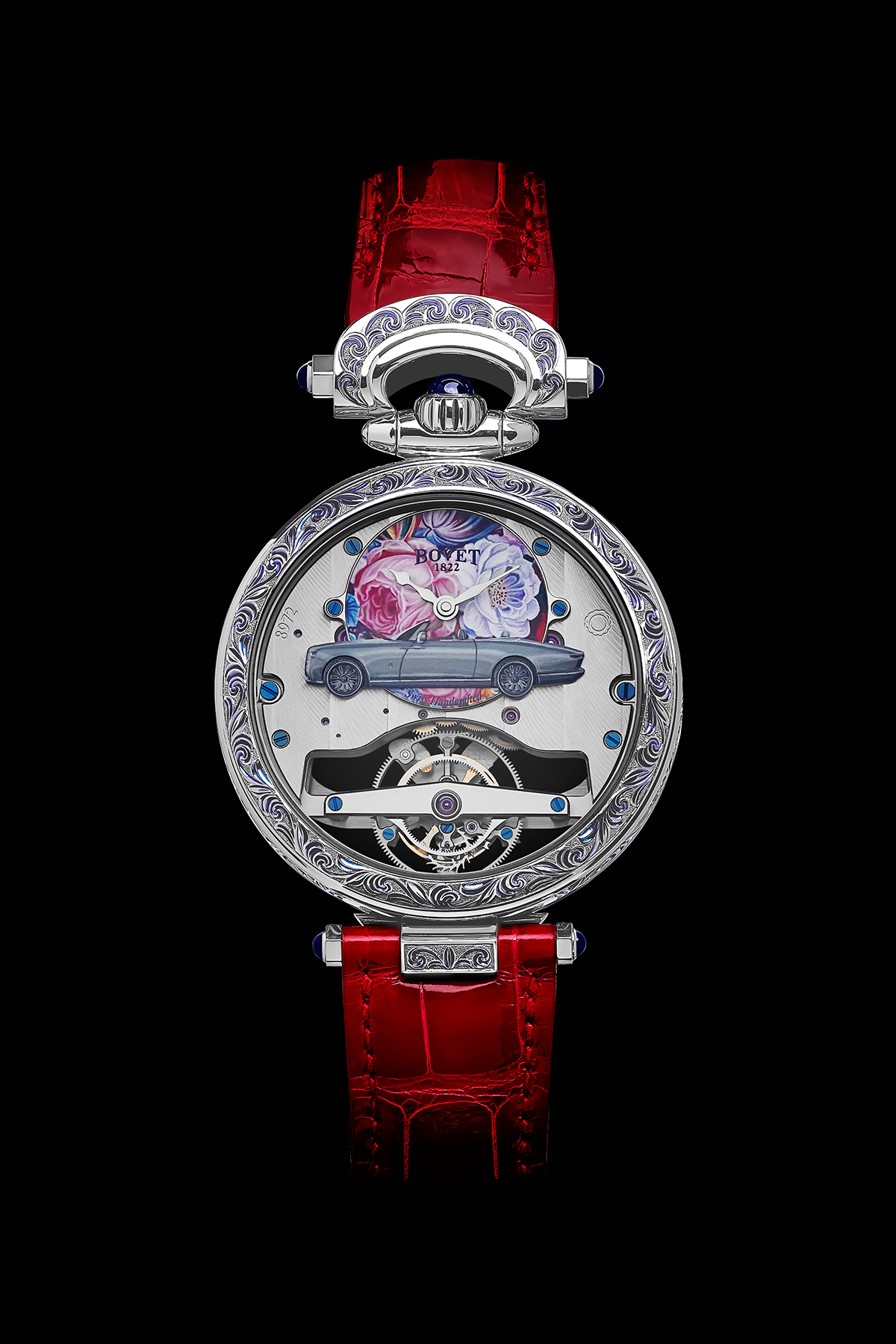
BOVET 1822 x Rolls Royce Collection, bespoke timepiece
LUX: How did word about your reinvention of Bovet spread?
Pascal Raffy: To grow a house is like growing a child: it takes time. For us, it’s a generation. We all know that when we travel, we talk, we tell stories. But the most valuable thing is when people actually come to the castle, spend time with the artisans, and see that Bovet is creating all its timepieces in-house. That is very important, because then the collectors become like the press. They are our ambassadors. It is an authentic way of doing things.
LUX: Some of your timepieces, like Bovet 1822 Miss Audrey Sweet Art, which has a dial made from sugar, are quite creative.
Pascal Raffy: In French, my grandmother always used to call me mon petit sucre, ‘my little sugar,’ as a token of affection. I started working with the artisans to try to master a technique in which sugar could be used in our creations and would not melt. We had to choose every single sugar crystal, making sure everything was going to float beautifully around the dial. So it was poetic, and engineering at the same time. It was a great success because it is surprising and truly different.
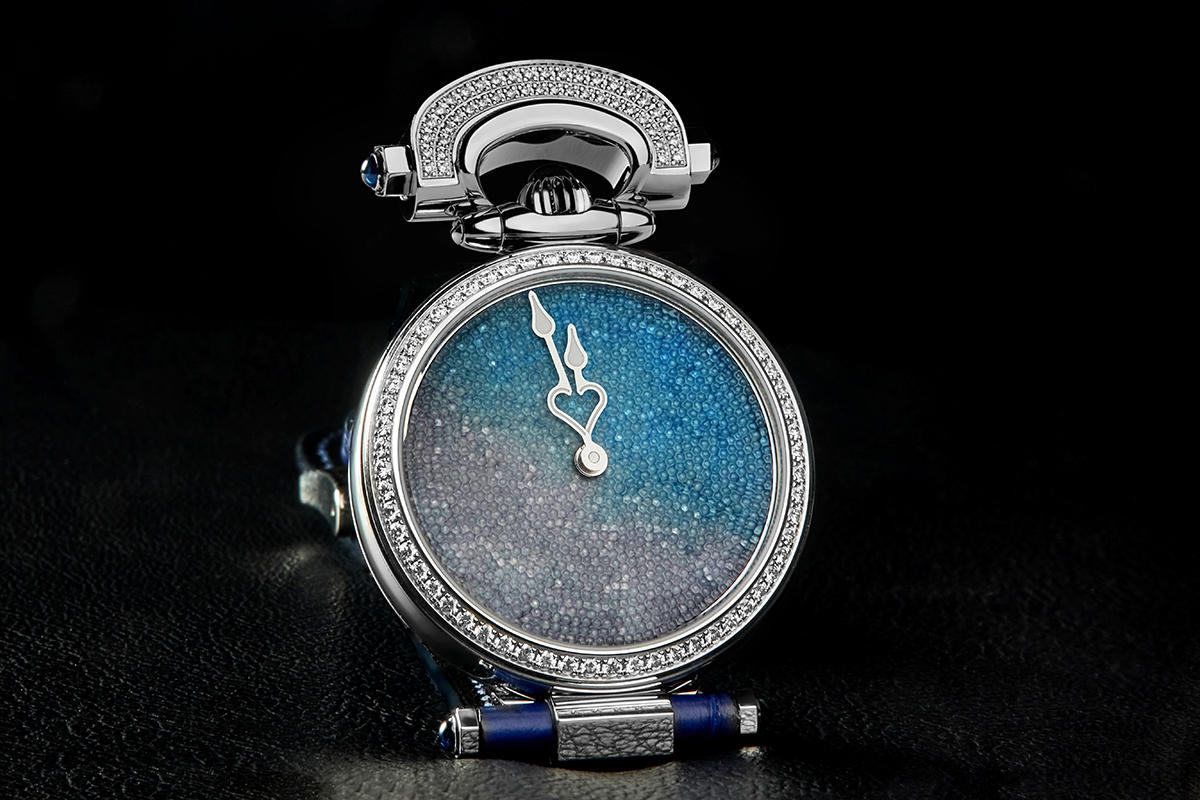
Miss Audrey Sweet Art gradient sugar crystal dial
LUX: You mention the importance of family: are there any plans for your daughter, Audrey, who has now joined Bovet, to take over the company?
Pascal Raffy: Audrey has always been in love with what we do with the artisans, and I’m very proud of that. Yet she is the first one to realise that it takes time to understand all the elements, so there is no hurry. I am letting time take its time. I know I can rely on the wisdom of Audrey step by step.
Read more: Patrick Sun on Promoting LGBTQ+ Art in Asia
LUX: You have teamed up with Automobili Pininfarina, the car manufacture and design house that created some of the most legendary Ferraris.
Pascal Raffy: What happened with Pininfarina was destiny – a moment of life, not a business meeting! I happened to meet Paolo Pininfarina in California, and I realised that we had the same way of thinking about companies, entities, what we do every day.
Paolo kindly asked me if I would go on a journey to try and design a timepiece with him. The scale is different, but the will is the same.
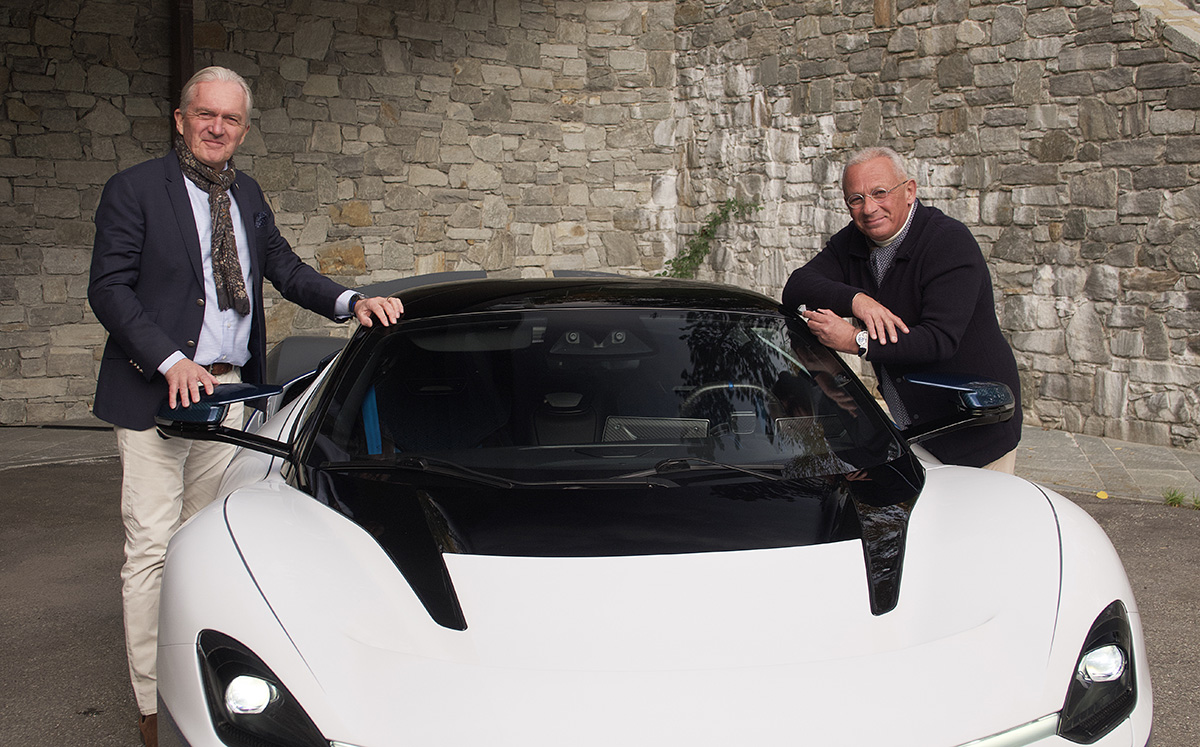
Pascal Raffy and Paolo Pininfarina
LUX: And you also created something for the remarkable, bespoke $28m Rolls-Royce Boat Tail.
Pascal Raffy: The partnership with Rolls-Royce came about thanks to a couple of extraordinary collectors, who love and understand true luxury and the House of Bovet. We created something absolutely unique: two mechanical timepieces on the dashboard of the car, with all the additional capabilities to wear them as wristwatches, or use them as table clocks, with such dense artistry. In the same way as the sugar dials, this had never been done before.
Find out more: bovet.com

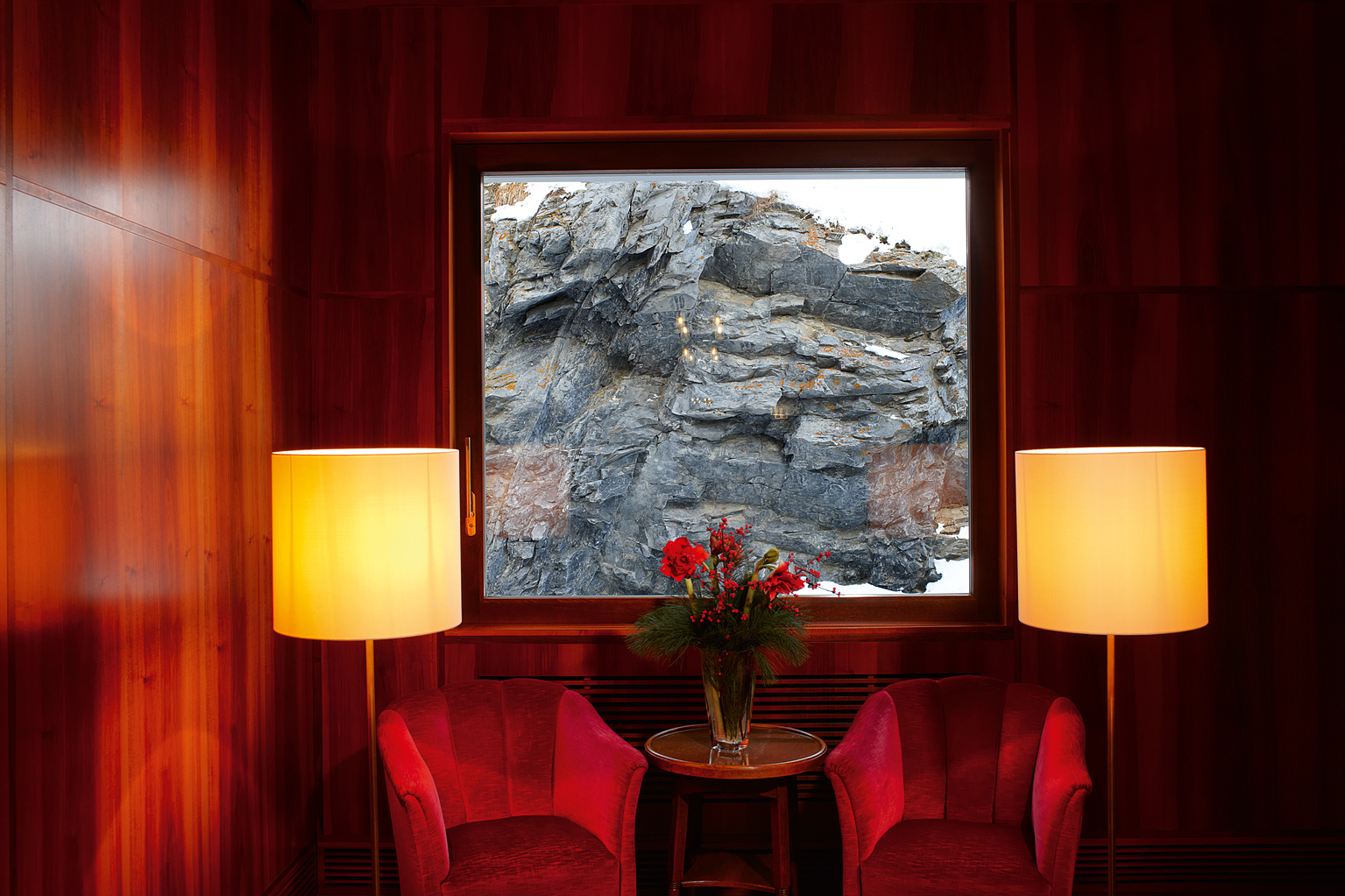
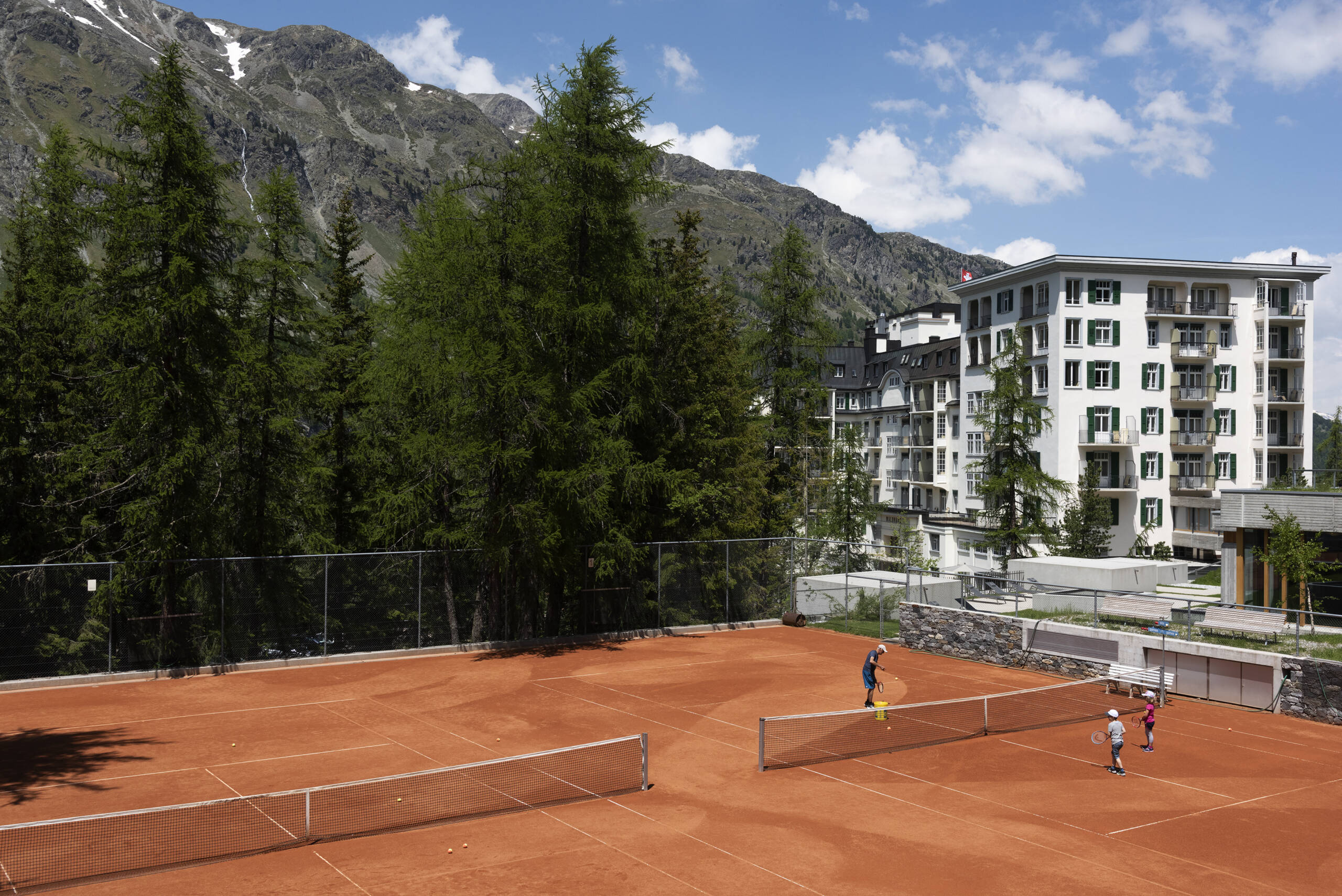
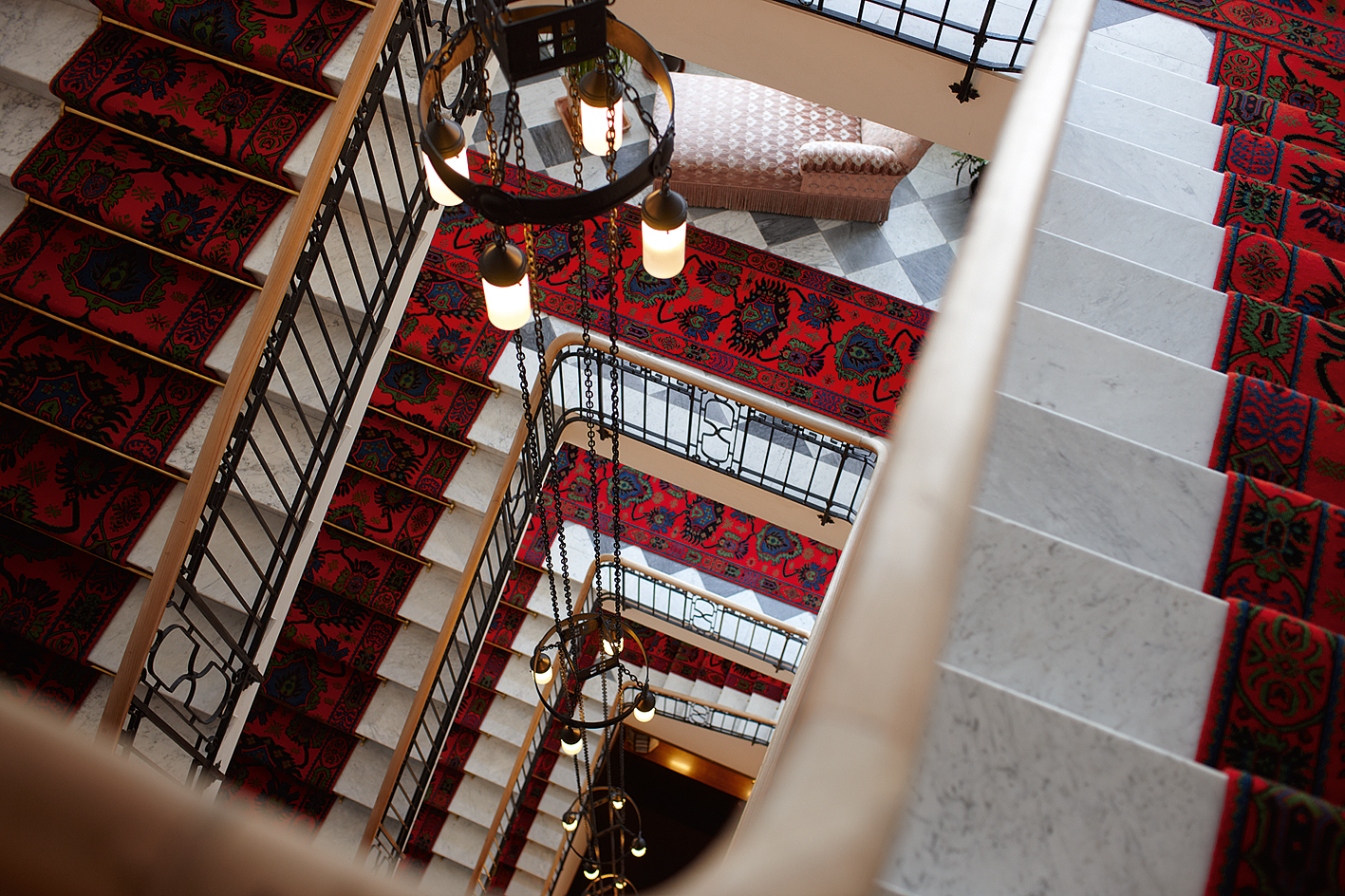

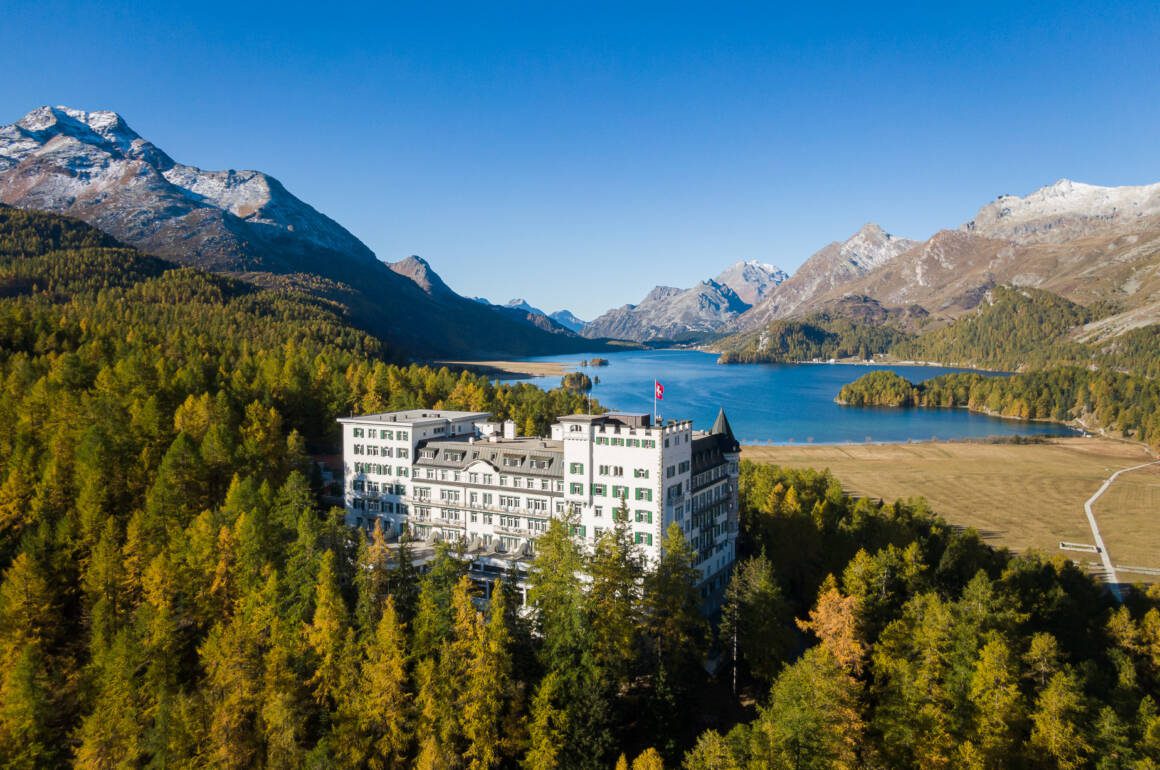
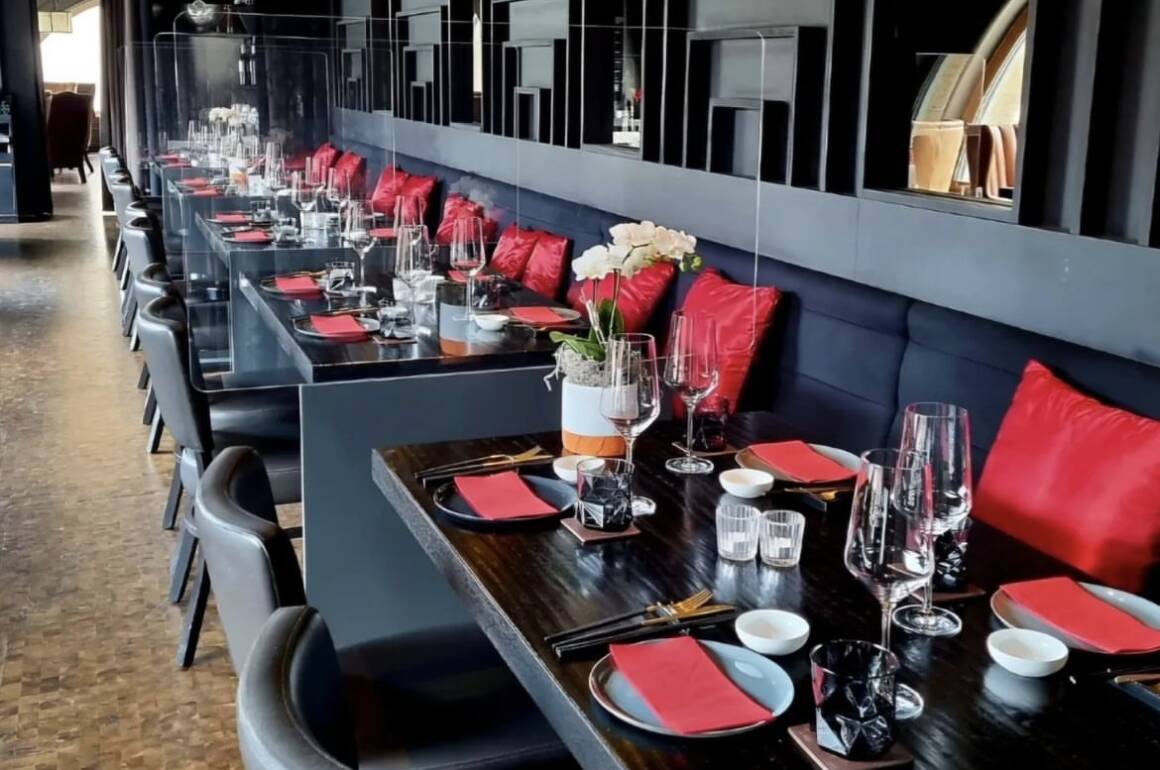




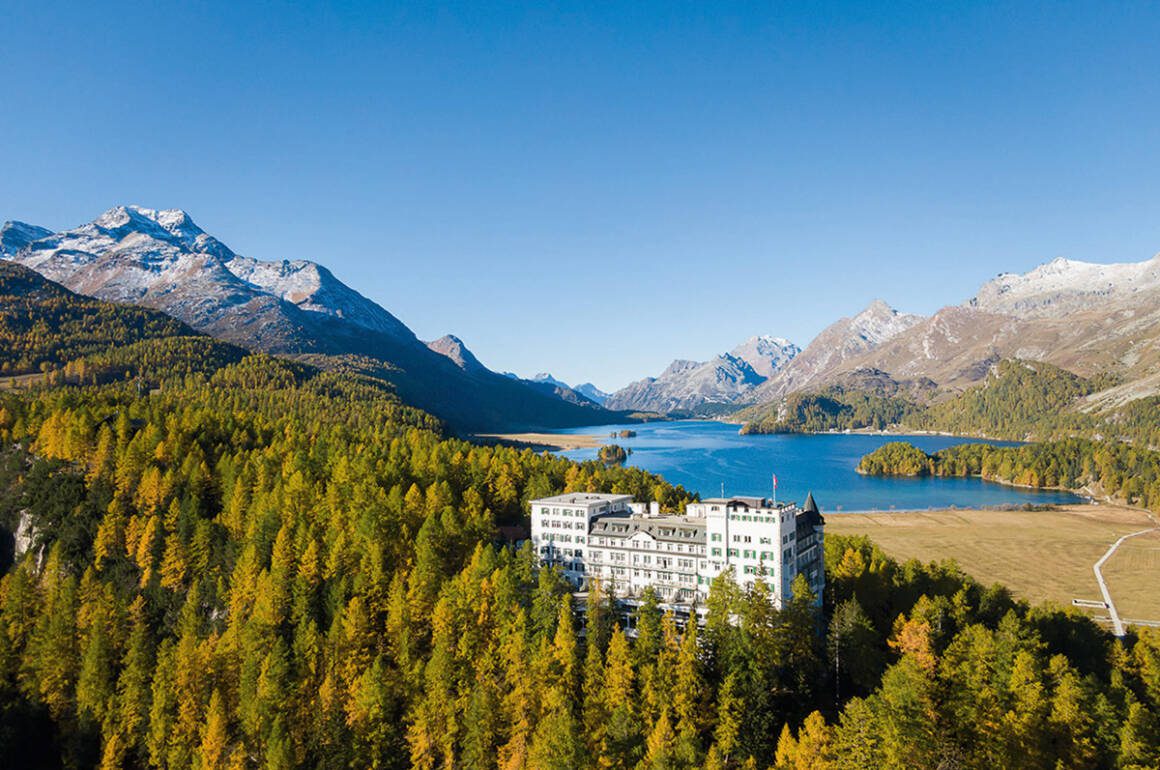
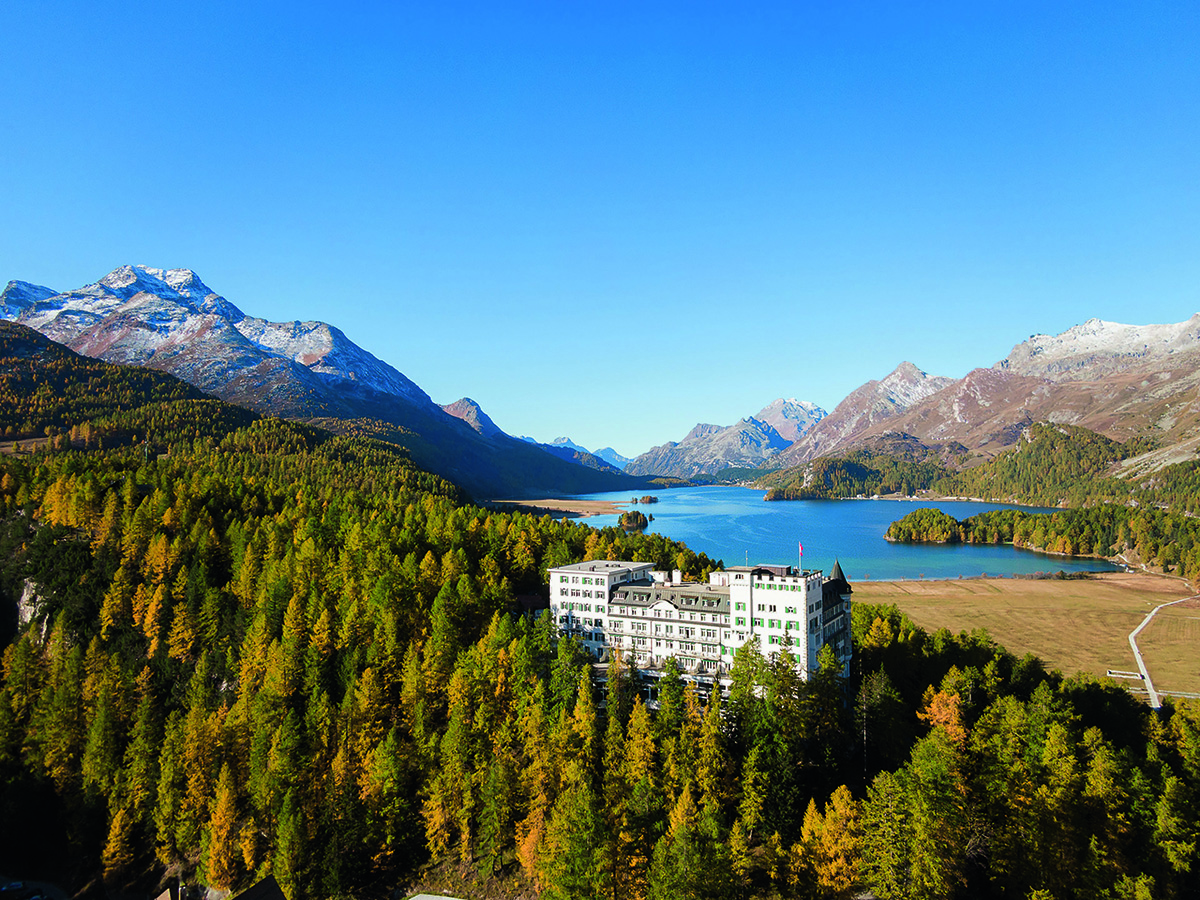
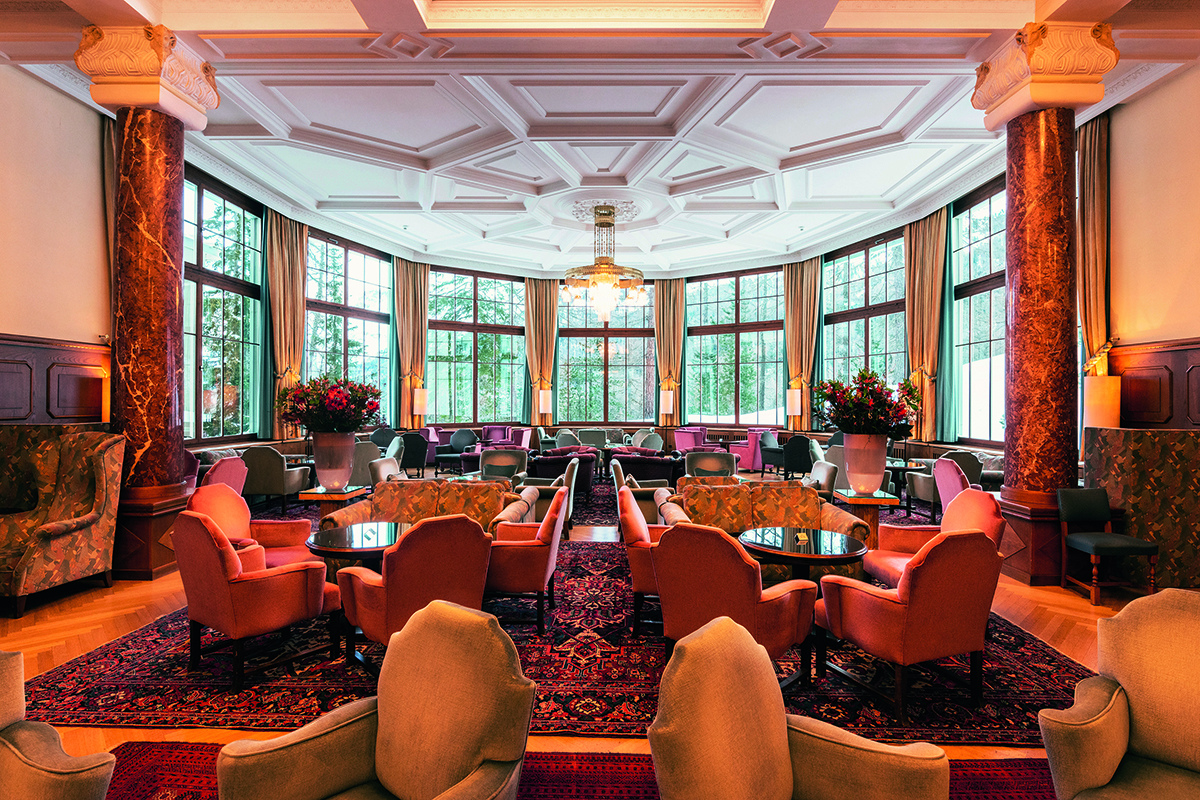

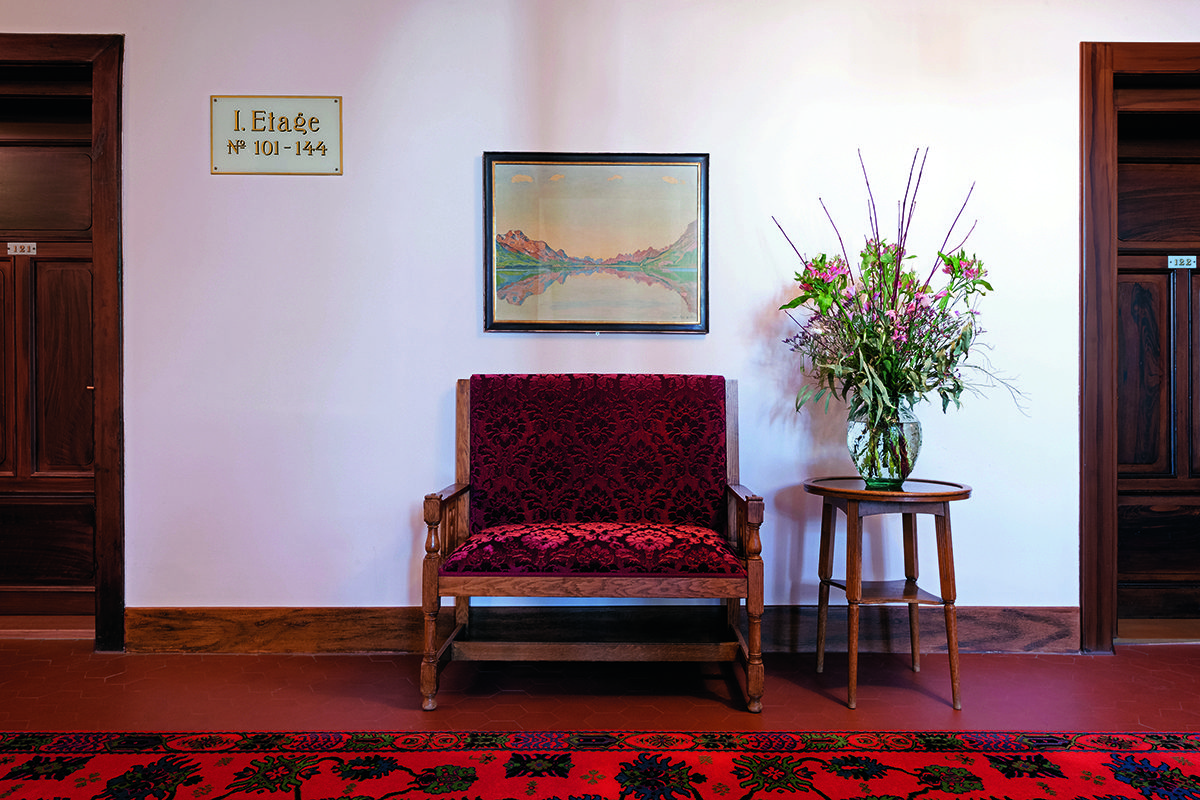
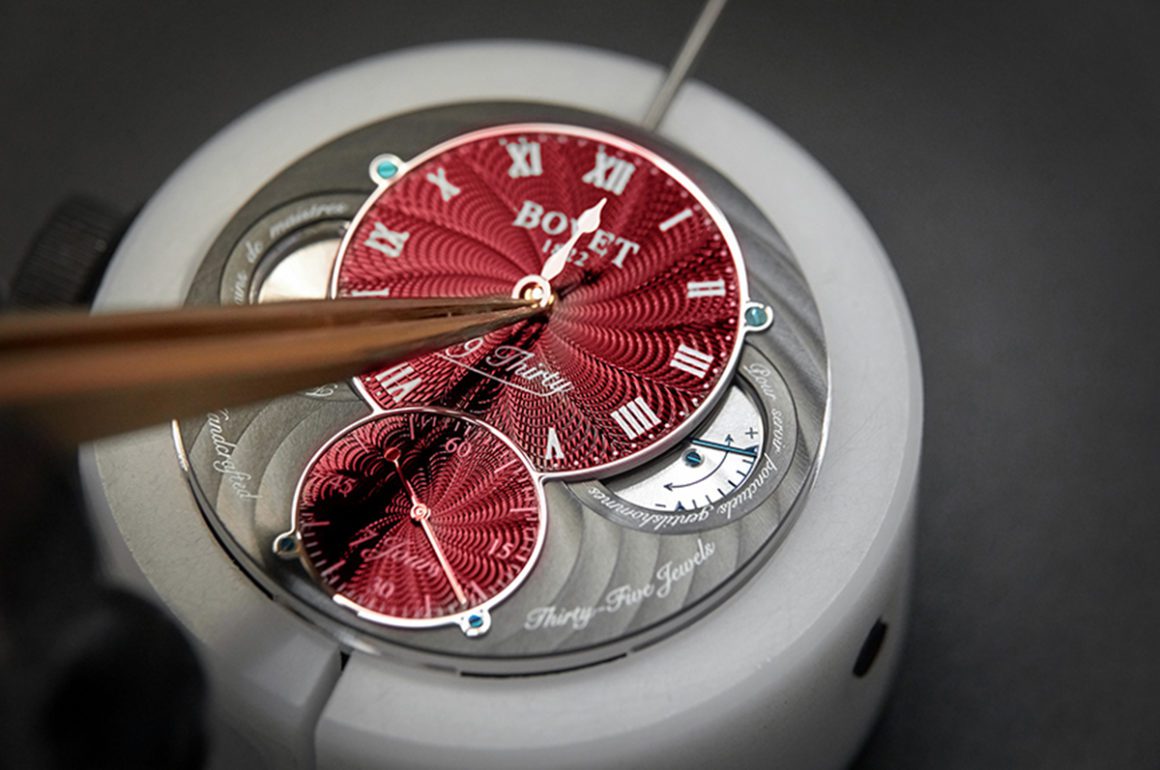






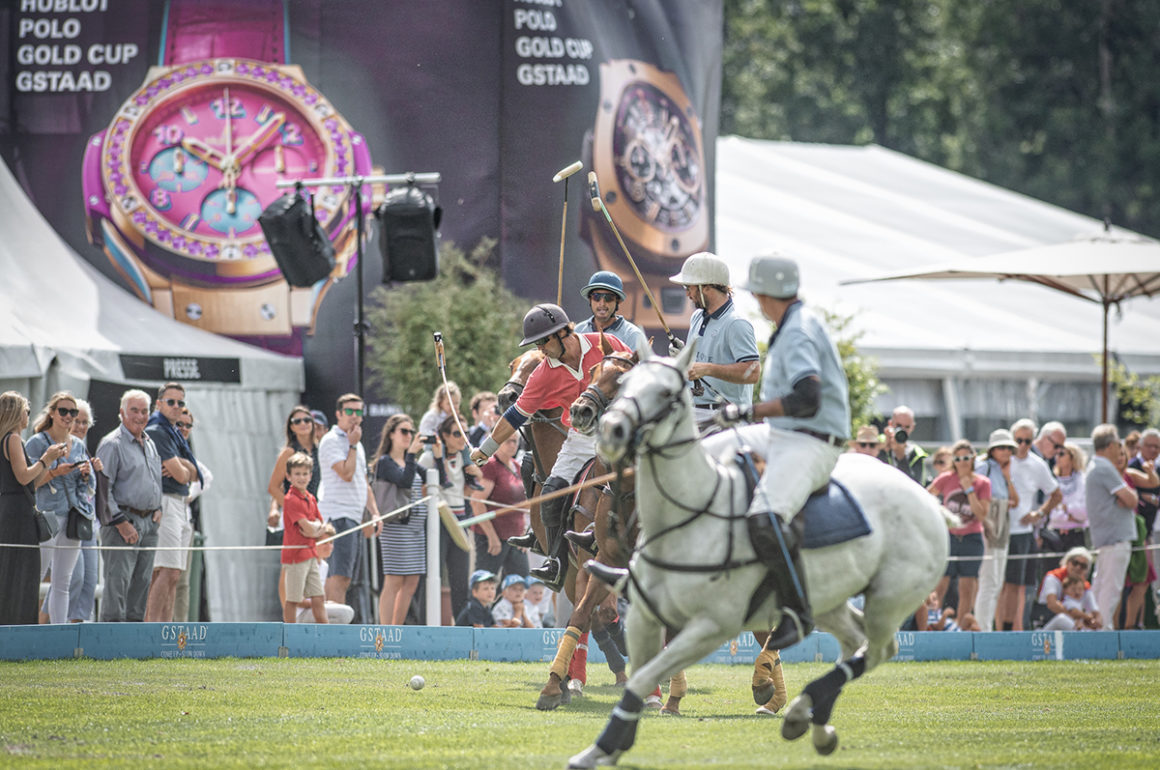
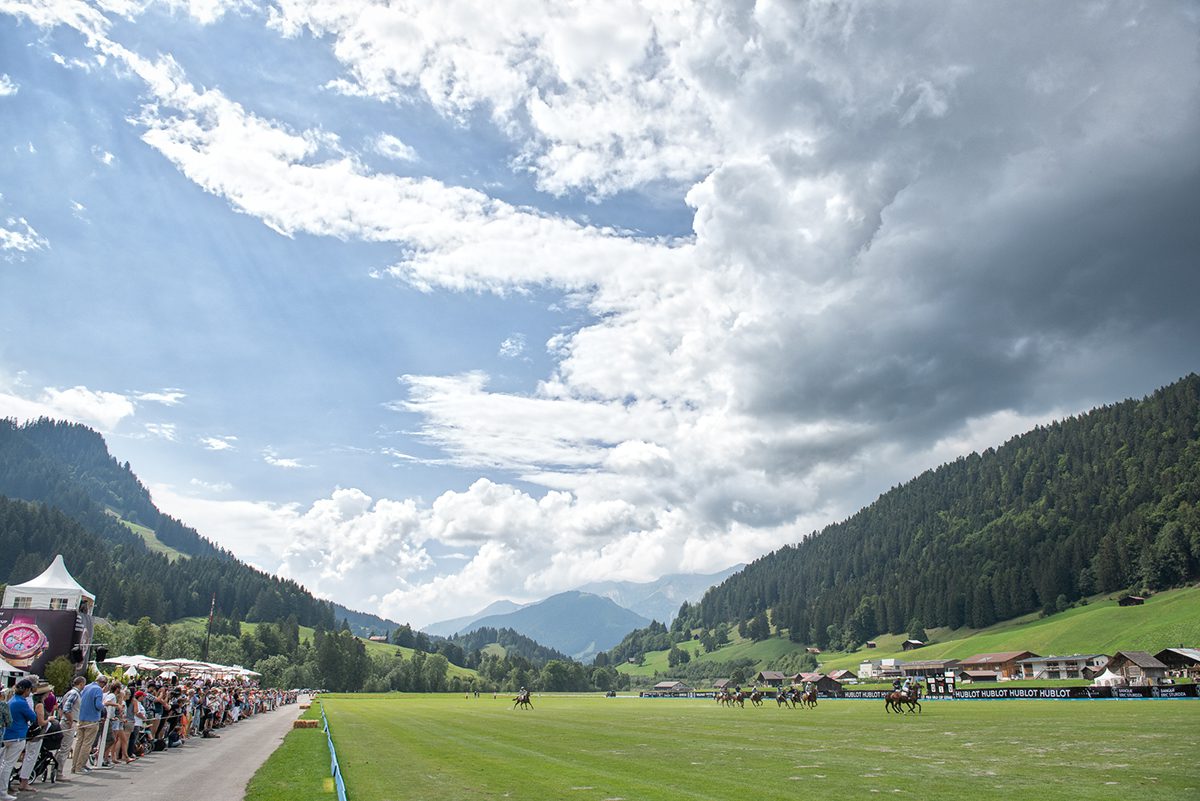
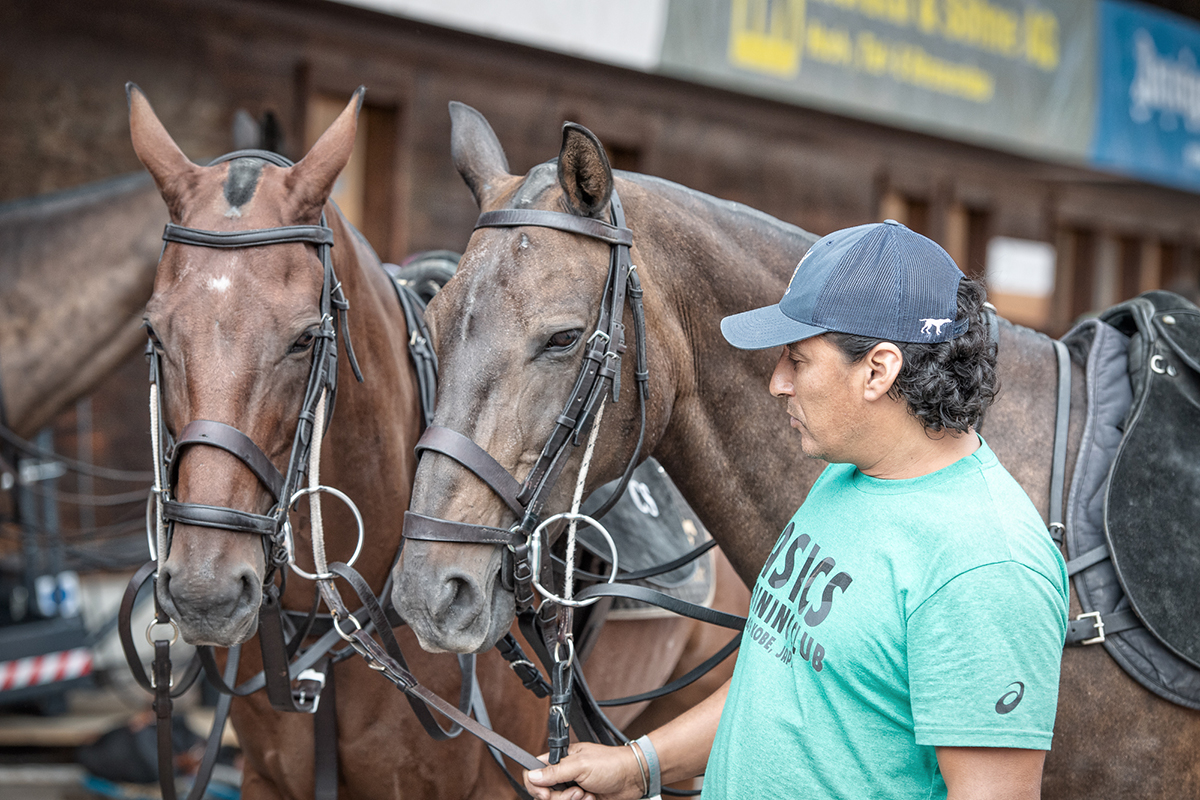
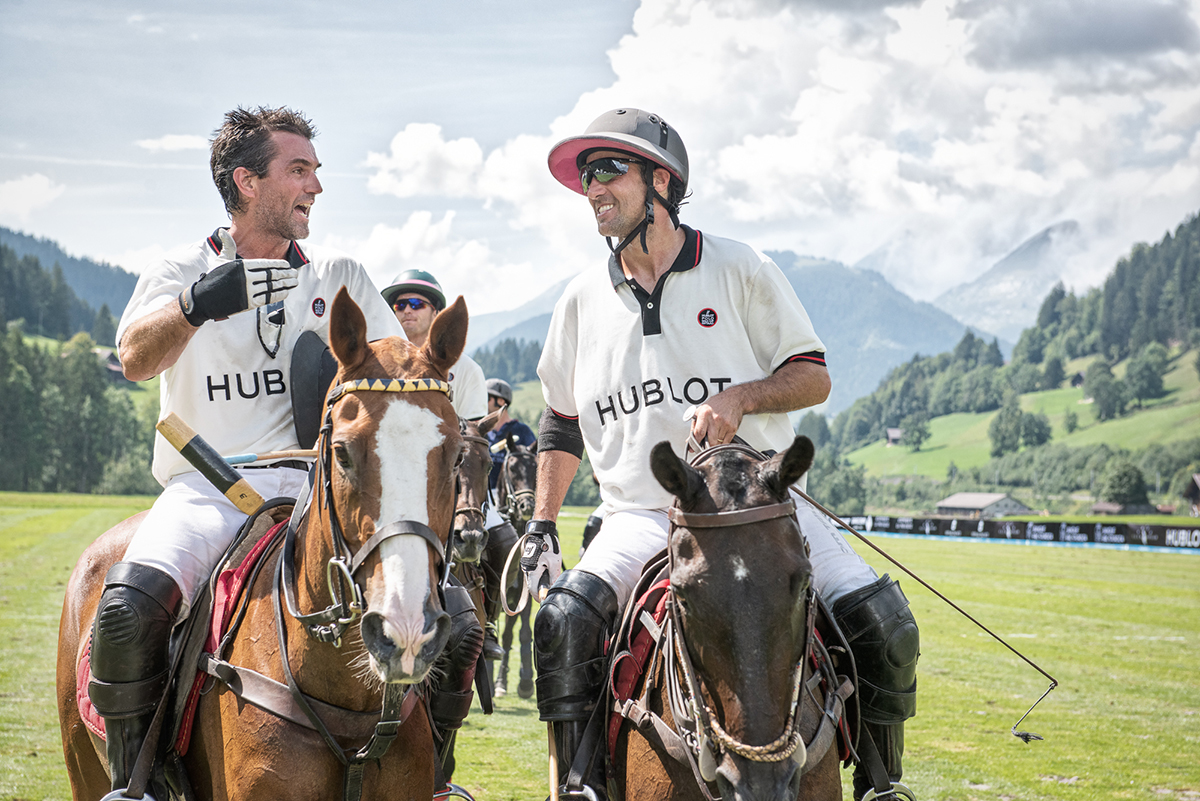
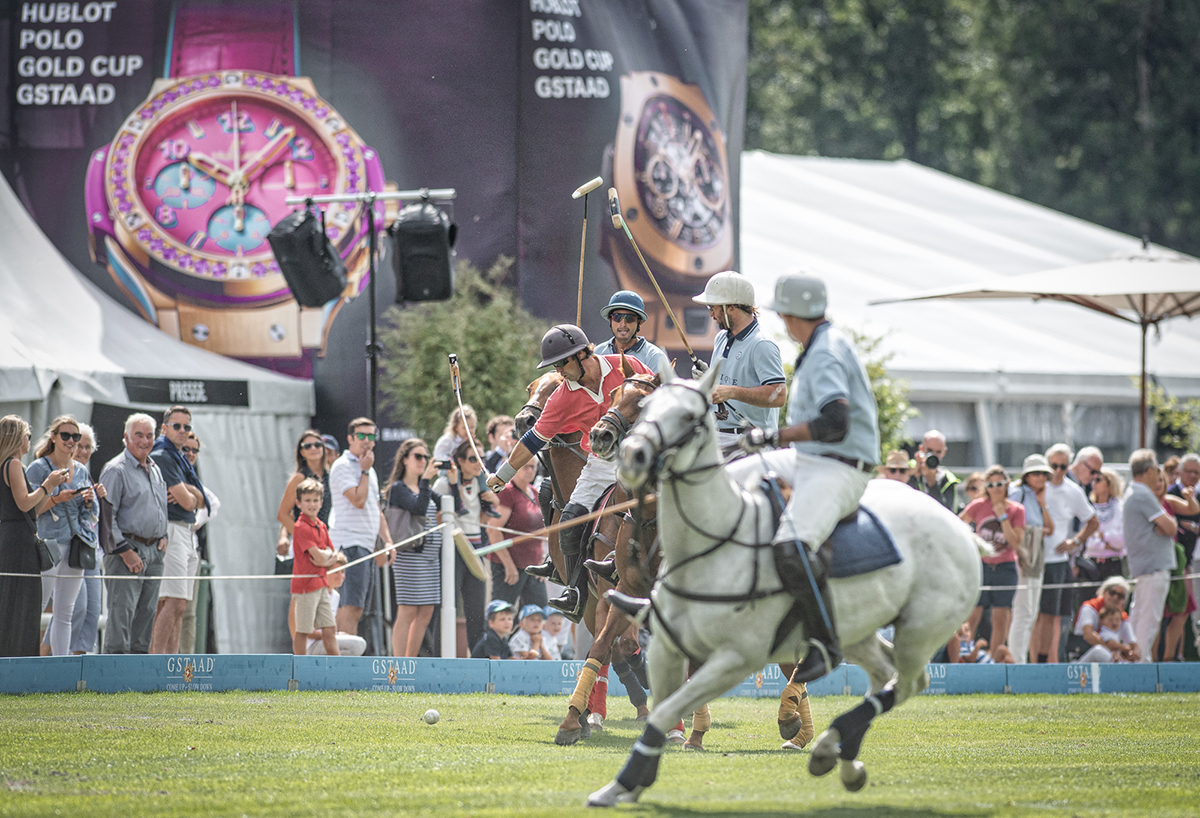
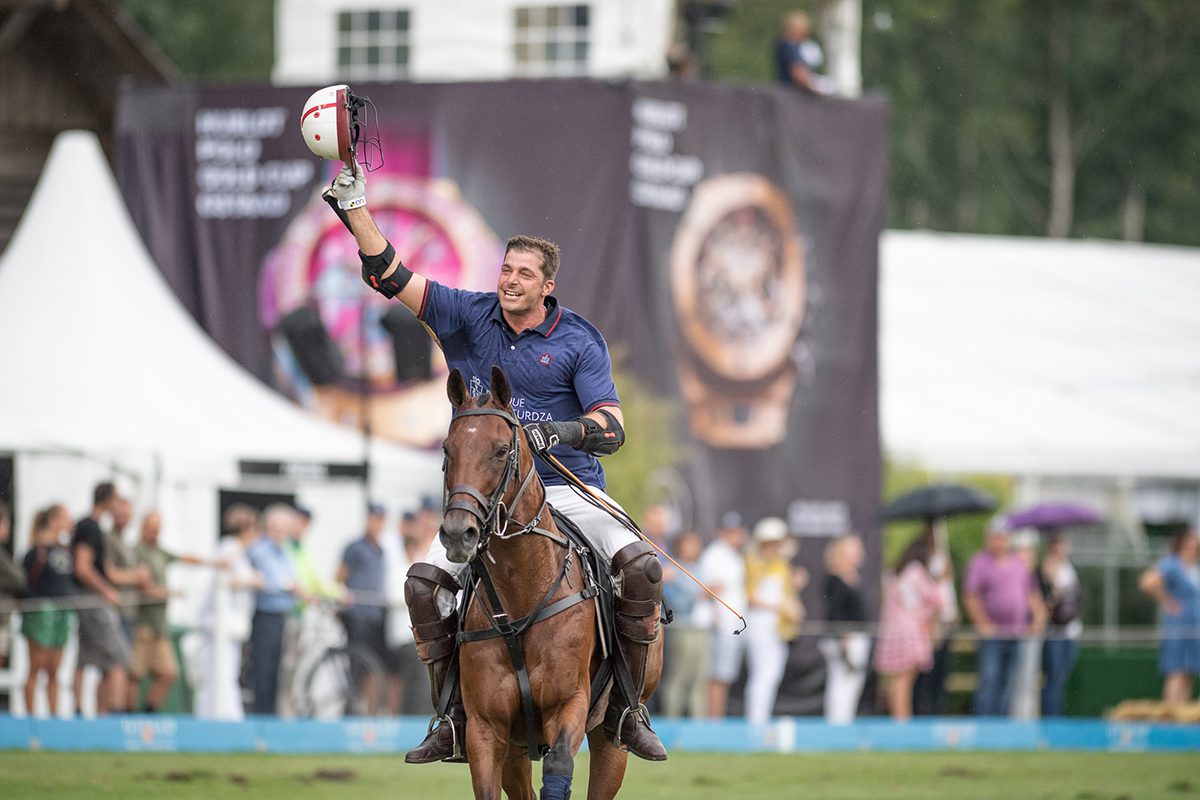





Recent Comments